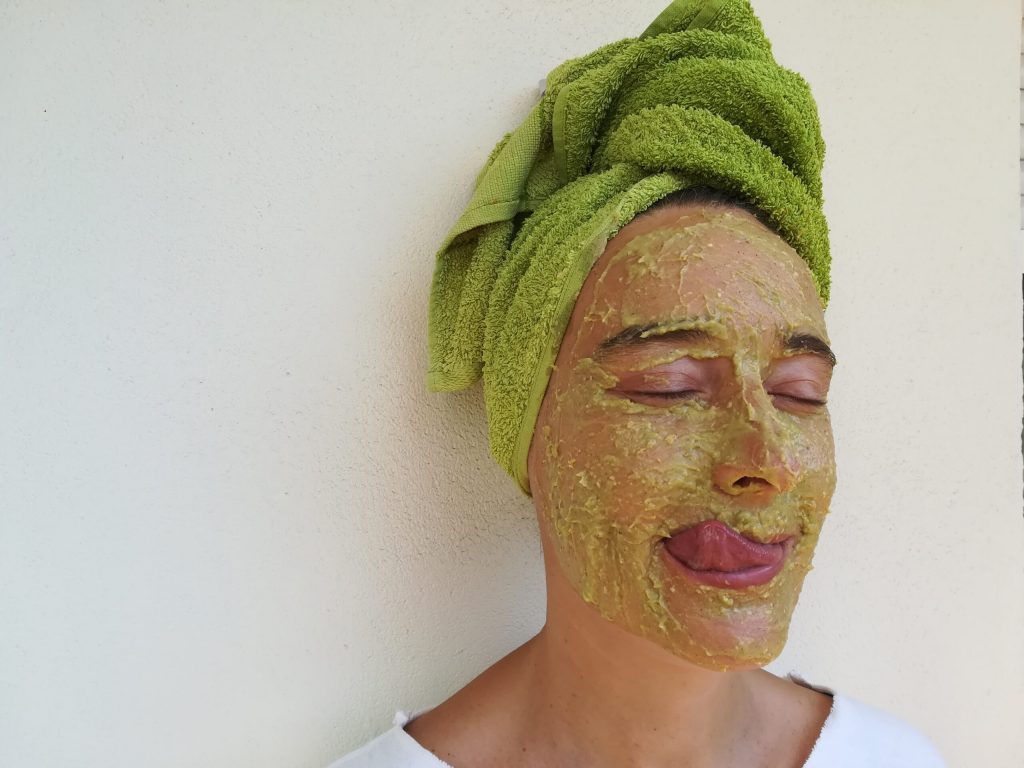
Here are some ideas to make edible cosmetics using plant milk pulps. We hope you like these simple recipes as one more way to recycle the pulp of homemade plant milk into homemade cosmetics. They are easy tips to take care of your skin in a healthy and natural way.
Do you like the idea?
Edible Cosmetic, what is it?
Edible Cosmetic is a proposal that we know thanks to @Dawamoru. She showed us the many options that exist to cleanse and nourish the skin using food. In the workshop, we were able to reconnect with the popular culture that brings so many benefits.
The principles of Edible Cosmetic:
Taking care inside: The first important premise for healthy skin, hair and nails is to take care of what we eat. The skin is just another organ more, and in the same way that the kidneys or the digestive system do, the skin also reflects any imbalance in our organism. That is why it is important to try to eat a healthy diet and avoid ingesting toxins or excess fat, sugar or ferments. When we take care of what we eat, this will undoubtedly be reflected in our skin, hair and nails.
Taking care outside: Do not apply on skin, hair or nails any treatment that has toxic components such as paraben or other similar substances that are so widespread in commercial cosmetics. We know that the skin is porous, that it breathes and acts as a filter, so whatever that is applied to the skin passes through to the inside. Edible Cosmetic proposes using natural food as treatment, which clearly ensures that we will not be intoxicated.
There are many examples of Edible Cosmetics that have been used traditionally with excellent results, which have nothing to envy to top commercial brands: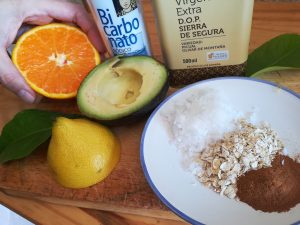
- Infusions of chamomile, nettle, moringa, roses, etc.
- Shea butter, avocado and oils (coconut, almond, olive, tiger nut, etc.).
- White mud.
- Sodium bicarbonate, cucumber, lemon, vinegar.
- Almond milk, donkey milk, etc.
- All kinds of seaweed.
- Honey, egg and yoghurt.
Let’s see some inspiring ideas for using pulp as part of our natural cosmetics!
Edible Cosmetic recipes with pulps:
In this article, we will focus on few formulas for exfoliating and moisturising the skin by recycling pulps. We know that there are much more, but we’ve just started the experimentation of:
1- Edible natural exfoliants:
As a result of Dawamoru’s guidelines and thanks to my friend Josune’s curiosity and her eagerness to experiment, some natural exfoliating alternatives have emerged. I hope to be interesting for you.
Firstly let’s know the traditional foods for exfoliating the skin: They are salt, coffee and sugar.
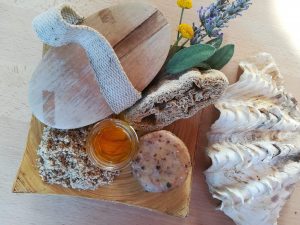 How it is applied:
How it is applied:
- On the face, they can be used directly.
- For application to the skin during a shower, it is very helpful to mix the exfoliating food with a little olive, coconut or almond oil.
The pulps that have the best exfoliating function;
- Tiger nut pulp
- Hemp seed pulp (unpeeled)
- Rice or other cereal pulp (raw grain)
- Canary seed pulp
2- Edible moisturising masks:
After an exfoliating treatment or long periods in the sun, it is time to moisturise the skin.
We know that oats have regenerative properties for the skin, but it hadn’t occurred to us to make a mask with oat pulp until the model Veronica Blume, back in 2014, published it on her blog.
Veronica, who by then already had her Vegan Milker without us knowing it, proposed the cosmetic recycling of oat milk pulp and we loved the idea!
Oat pulp can be applied directly to the skin or as an ingredient in any of these recipes;
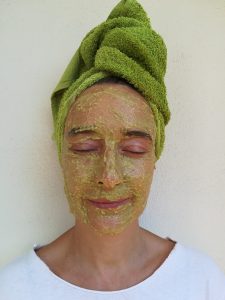 Moisturising facial masks
Moisturising facial masks
- Avocado and lemon.
- Natural yoghurt and crushed cucumber.
- Natural yoghurt and honey.
Moisturising Hair Mask
- Mix oat pulp with avocado, banana, lemon and egg.
How it is applied:
- Apply the mask and leave for 15-20 minutes for it to take effect.
- Then remove with lukewarm water.
- For oily skin and hair, a little vinegar can be added to the mixture.
We are sure there are plenty of Edible Cosmetic recipes all over the world, so we would be delighted to hear from you! We keep digging…

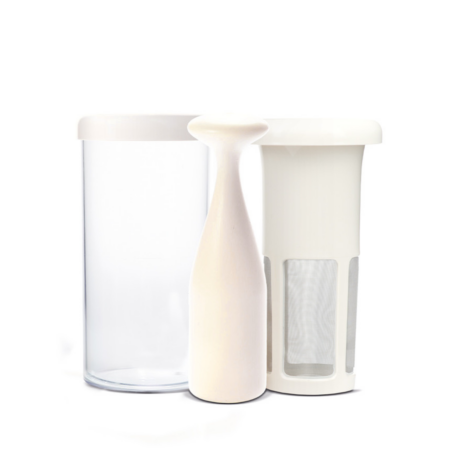
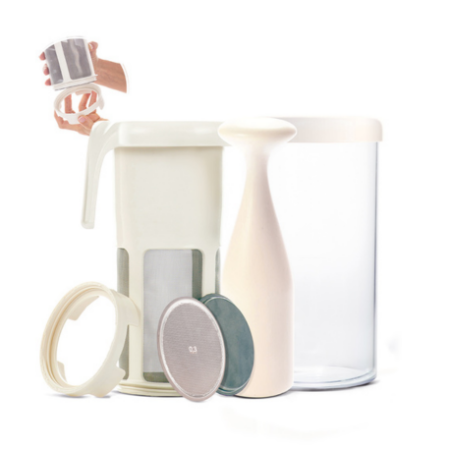
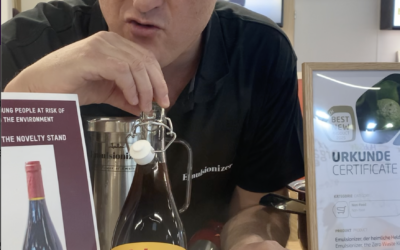
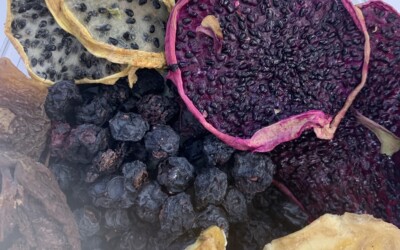
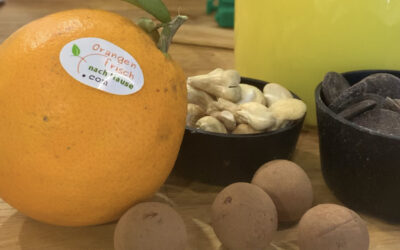
0 Comments